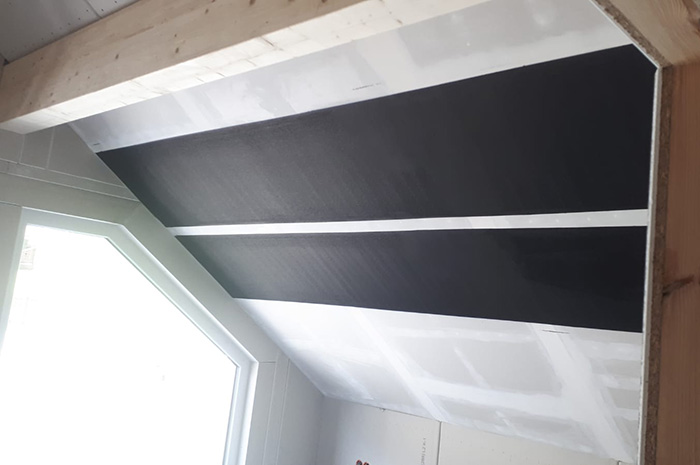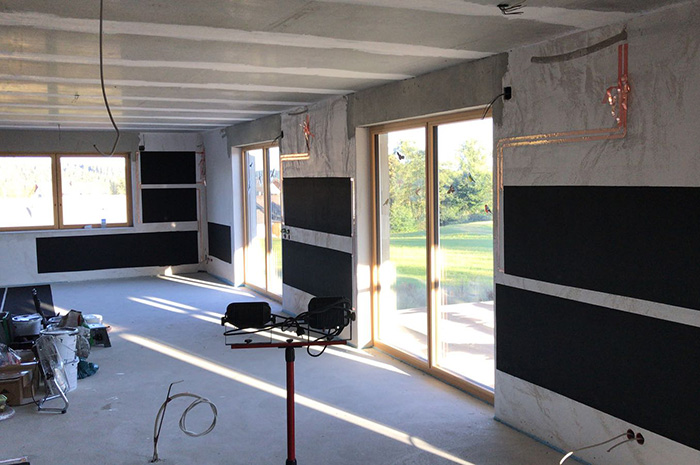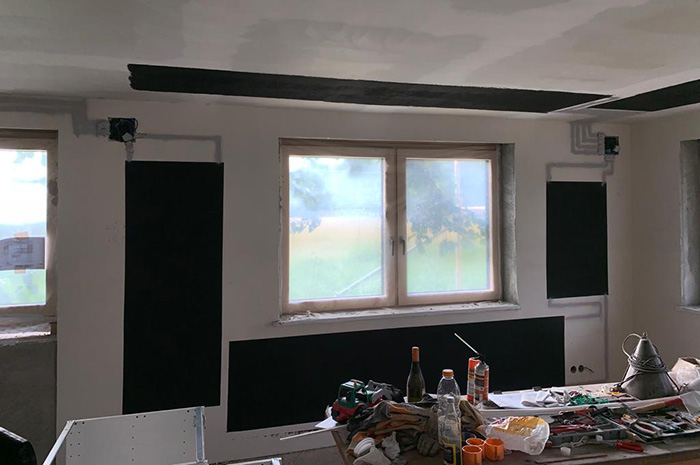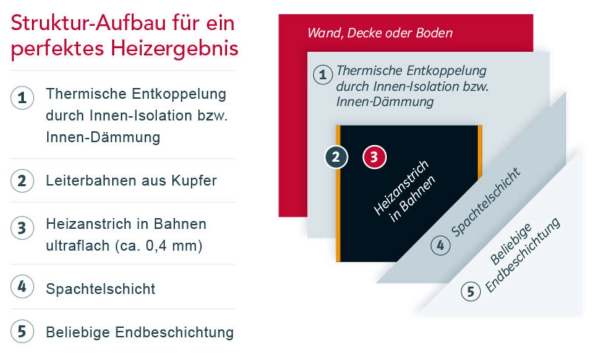Optimized energy consumption is more important today than ever
In fact, the heating coating achieves the world record: The system with the lowest consumption for heating at a constant temperature: In this system, the heating is applied to the coldest areas, the so-called cold bridges in the wall. This is done over as large an area as possible. This is because the better the heating is distributed and the larger the surface area, the lower the radiation temperature can be in order to bring sufficient heat into the room. This means that the differences between the temperature of the heater and the outside of the wall are only slight and extremely little heat flows out. This makes the heating system far superior to all other heating systems in terms of efficiency. It consumes so little because the wall becomes an insulator due to the drying effect, because it distributes the heat so incredibly well and because it simply radiates the moving media such as air, which take the energy out of the window with them when ventilating.




